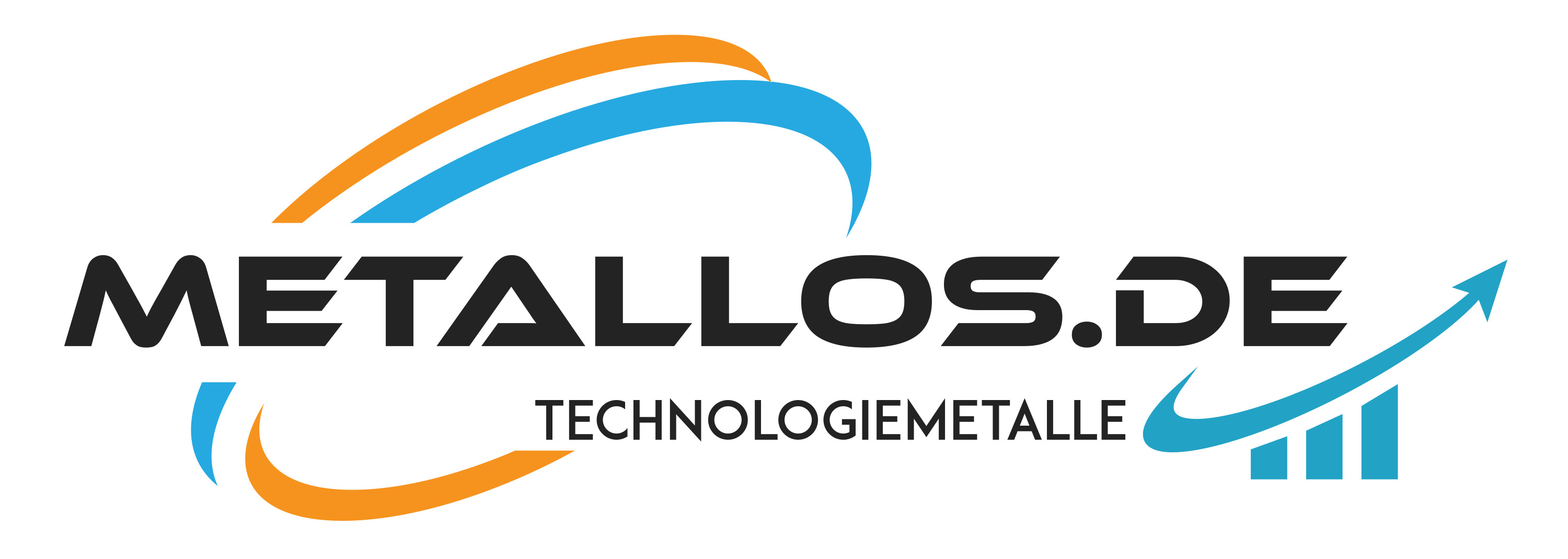1kg dysprosium metal 99.9%, rare earth metal
Description
1kg dysprosium metal 99.9%, rare earth metal
Buy now high purity dysprosium metal with min 99.9% purity
Dysprosium metal is a rare earth metal.
With us you get the best price for 1kg dysprosium metal. T
he current dysprosium price is stable at the moment. It is just at 499€/kg, so you should buy dysprosium metal now.
buy 99.9% dysprosium
price dysprosium 1kg 499 euro
- Deliverable within 10 - 12 working days by GLS or DHL
- Purity: min.: 99,9%
- Quantity: 1kg
- Quantity discounts see below
Dysprosium is a relatively hard metal and is silvery white in its pure form. It is quite stable in air and shines at room temperature. Dysprosium chips ignite easily and burn white-hot. The metal reacts slowly with water and dissolves rapidly in dilute acids - with the exception of hydrofluoric acid (HF), in which it forms a protective layer of insoluble DyF3. The metal is a very strong paramagnet above about 180 K (-93 °C or -136 °F); it is antiferromagnetic between about 90 (-183 °C or -298 °F) and 180 K and ferromagnetic below 90 K. French chemist Paul-Émile Lecoq de Boisbaudran first found this element (1886) in association with holmium and other heavy lanthanides; French chemist Georges Urbain later (1906) was able to produce a relatively pure fraction. Some important mineral sources of dysprosium are laterite ion clays, xenotime, fergusonite, gadolinite, euxenite, polycrase, and blomstrandin.
AREAS OF APPLICATION
Dysprosium is an important component of permanent magnets (Nd-Fe-B magnets), which are needed for wind turbines, in electronic devices or in various small motors in the automotive sector. In the context of the raw material requirements for the energy transition, the rare earth metal is therefore gaining further importance in the long term. Dysprosium is also used as a dopant in luminescent materials such as halogen lamps. Alloys with the rare earth metal, e.g. in zinc alloys and as an alloying addition to zirconium, are used for evaporation materials and sputtering targets. In an alloy with lead, the rare earth element is used as a shielding material in nuclear reactors.
Recovery of dysprosium
After a complex separation of the other dysprosium companions, the oxide is reacted with hydrogen fluoride to form dysprosium fluoride. Subsequently, it is reduced with calcium to form calcium fluoride to the metallic dysprosium. Separation of remaining calcium residues and impurities takes place in an additional remelt in vacuum. After distillation in high vacuum, high purity dysprosium is obtained. Commercial separation is performed by liquid-liquid extraction or ion exchange processes. The metal is produced by metallothermal reduction of the anhydrous halides with alkali or alkaline earth metals. The metal is further purified by vacuum distillation. Dysprosium exists in three allotropic (structural) forms. The α-phase is densely occupied hexagonal with a = 3.5915 Å and c = 5.6501 Å at room temperature. Upon cooling to ~90 K, the ferromagnetic ordering is accompanied by an orthorhombic distortion, β-Dy, of the hexagonal close-packed lattice. The β-phase has a = 3.595 Å, b = 6.184 Å, and c = 5.678 Å at 86 K (-187 °C, or -305 °F). The γ-phase is body-centered cubic with a = 4.03 Å at 1,381 °C (2,518 °F). Dysprosium is recovered mainly from bastnasite and monazite, where it occurs as an impurity. Other dysprosium-bearing minerals include euxenite, fergusonite, gadolinite, and polykrase. It is mined in the USA, China, Russia, Australia and India.
Use of dysprosium
The main uses of dysprosium are as alloying additions to Nd2Fe14B permanent magnet materials (in which part of the neodymium is replaced by dysprosium) to increase both the Curie point and, in particular, the coercivity, thereby improving the high-temperature behavior of the alloy. The metal is also a component of the magnetostrictive Terfenol D (Tb0.3Dy0.7Fe2). Dysprosium is used in control rods for nuclear reactors because of its relatively high neutron absorption cross section; its compounds have been used to make laser materials and phosphor activators, and in metal halide lamps. The economic and technical importance of dysprosium is relatively low. For example, its extraction rate is estimated at less than 100 tons per year. It is used in various alloys, in special magnets and alloyed with lead as shielding material in nuclear reactors. However, its use in magnets for wind turbines has made these rare earth metals a rare commodity, and China, the world's largest supplier, is cutting back its supply in order to increase its own added value.
Other applications for dysprosium
Together with vanadium and other elements, dysprosium is used to make laser materials. Dysprosium is used to dope calcium fluoride and calcium sulfate crystals for dosimeters. Alloys containing terbium and dysprosium exhibit strong magnetostriction and are used in materials testing. In neodymium-iron-boron magnets, it increases coercivity and extends the usable temperature range. Dysprosium oxide improves the dielectric behavior of barium titanate for capacitors. Occasionally, it is used to make control rods in nuclear technology because of its high capture cross section for thermal neutrons. Dysprosium improves the emission spectrum of high-power halogen lamps. Dysprosium cadmium chalcogenides serve as an infrared source for the study of chemical reactions.
Symbol: Dy
Electron configuration: [Xe] 4f106s2
Atomic mass: 162.5 u
CAS number: 7429-91-6
Atomic number: 66
Melting point: 1,412 °C
Date of discovery: 1886
